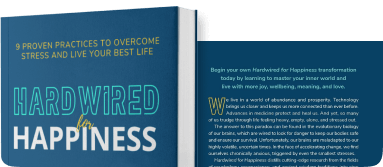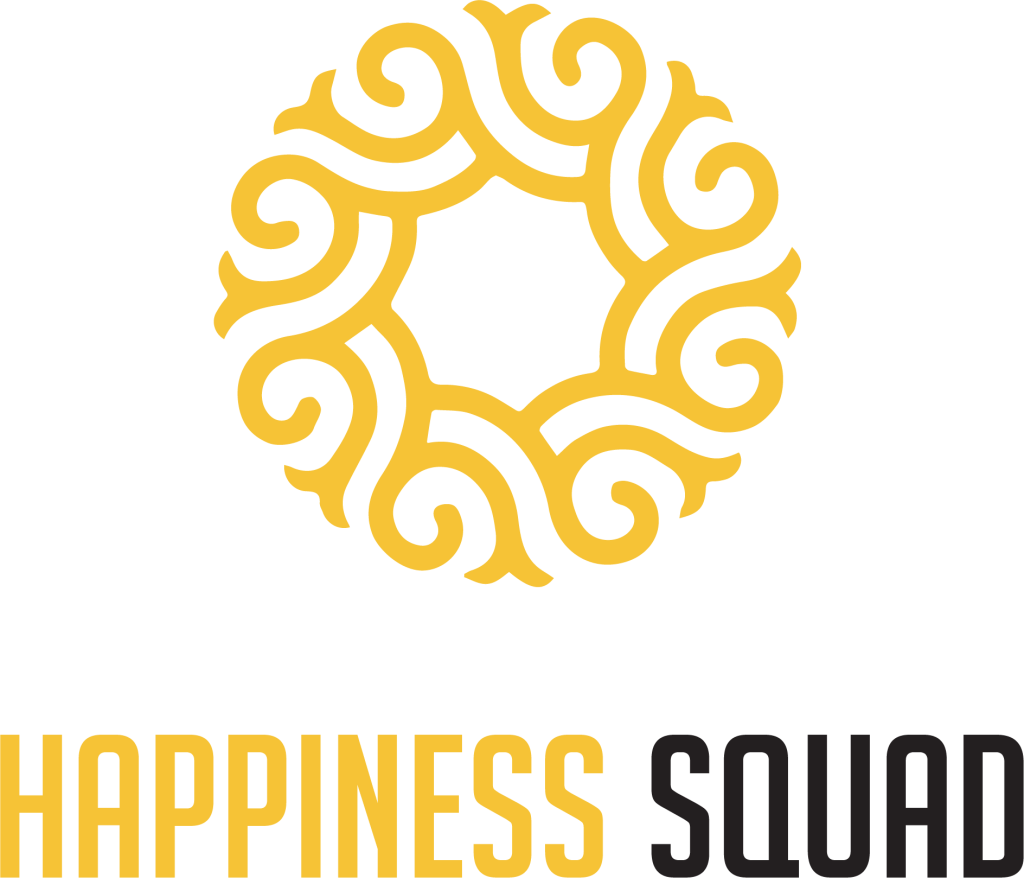
The workplace is evolving so quickly that old methods of leadership and employee engagement are no longer cutting it. Perks and benefits alone won’t create a thriving workforce. That’s just one side of the equation. To truly build a successful, engaged workplace, we need to take a win-win approach—where employees flourish and businesses succeed together.
Dr. Angela Jackson, Founder of Future Forward Strategies and Author of The Win-Win Workplace, introduces this forward-thinking approach. In this article, we’ll explore practical strategies from her framework that leaders can start applying to transform their organizations for the better.
We have all the data we need about the science of flourishing—this isn’t just about “feel good, be kind to people.” If we’re not integrating these practices and transforming our workplaces, we’re not living up to our financial fiduciary responsibilities.
– Ashish Kothari
Listening to employees
It’s easy to assume that regular employee surveys are enough to listen to your workforce, but Dr. Jackson’s research shows that’s just the starting point. Many companies rely on 360-degree reviews, feedback forms, or suggestion boxes, but that often leaves employees feeling unheard when their input doesn’t seem to affect actual decisions.

Leaders need to move beyond simply collecting feedback. Create avenues for employees to directly influence decisions, particularly those that impact their work and well-being. Follow up by showing how their feedback is being implemented. When decisions can’t align with employee suggestions, explain why. This transparency builds trust and shows employees their voices matter.
Shift from a parent-child dynamic to peer-to-peer relationships
Traditional leadership structures often reflect a parent-child dynamic, where the leadership makes decisions for employees. This hierarchical model might have worked in the past, but it’s outdated in today’s work environment where collaboration and ownership are essential for innovation and engagement.
Many organizations struggle to make the shift, and the root of the problem often lies in outdated mental models. Many leaders today were shaped by a work culture where authority was unquestioned. However, today’s workforce, particularly Millennials and Gen Z, expect more transparency, flexibility, and inclusion in decision-making. They want to be involved in decisions that affect their work, not just to follow instructions.
Leaders need to adopt a peer-to-peer relationship with their employees. Instead of dictating tasks or roles, collaborate with your teams. Share business goals openly and invite employees to contribute ideas and solutions. Let them understand how their work aligns with the broader organizational objectives. This shift in dynamic empowers employees and fosters a deeper sense of ownership.
“We’re investing millions and billions in employee benefits, yet 52% of American workers feel their employers don’t care about them. It’s time to consider how we spend it more effectively by centering what employees want and changing the relationship with them, from a parent-child dynamic, to a more peer-to-peer relationship.”
– Dr. Angela Jackson
Reimagine employee benefits to meet real needs
Most organizations offer standard benefits like healthcare, 401(k) plans, and gym memberships. But, as Dr. Jackson’s research illustrates, these may not address the actual needs of all employees. For frontline workers, immediate concerns like transportation, housing, or emergency funds may take priority over long-term benefits like retirement savings.

Here’s a tip: Survey your employees to understand what benefits matter most to them. For example, offering a flexible benefits package or an emergency fund for frontline workers might create a more significant impact on their well-being and job satisfaction than traditional offerings. The key is flexibility—giving employees options that meet their unique needs rather than a one-size-fits-all package.
Measure employee listening with tangible metrics
It’s one thing to say you’re listening to employees, but it’s another to measure the effectiveness of that listening. According to Dr. Angela, many companies are not measuring the direct impact of employee engagement on business outcomes, and this gap needs to be addressed.
Use tools like pulse surveys and AI-powered feedback analysis to measure how well you are listening to employees. Set specific benchmarks, such as “Do employees feel heard?” or “Are they satisfied with how their feedback is operationalized?”
Monitor these metrics over time and adjust your leadership and engagement strategies based on the data. Tracking metrics will give you a clear understanding of the impact employee voice has on productivity, retention, and overall business success.
Conclusion
If you want to transform your workplace and see real results, it starts by making your employees partners in your mission. Listening to employees, empowering them to make decisions, reimagining benefits, and using data to refine your approach will create a win-win workplace—one where both employees and the organization thrive.
In this Happiness Squad Podcast interview, Ashish Kothari and Dr. Angela Jackson, Founder of Future Forward Strategies and Author, discusses the the Win-Win Workplace framework that centers employee voice and turns it into a strategy that drives engagement, productivity, and profit.
Learn more about Dr. Angela at her LinkedIn.
Listen to the podcast with Ashish and Dr. Angela below.
Access and subscribe to all of the episodes of the Flourishing Edge Podcast here.
Visit the REWIRE Program powered up by the HAPPINESS SQUAD Community and experience your shift within your 30-day risk-free trial today. Cultivate your Self-Awareness, Gratitude, Purpose, Community, and personal growth more through the 9 Hardwired for Happiness practices. Integrate simple and proven micro-practices grounded in the science of happiness and neuroscience of habit formation in 5 minutes a day.
Make Flourishing Your Competitive Edge.


